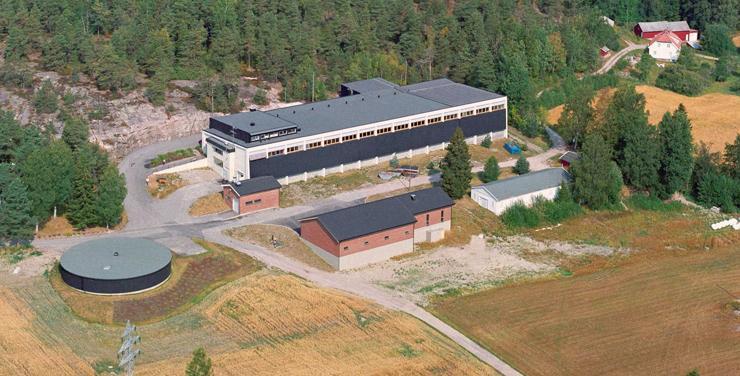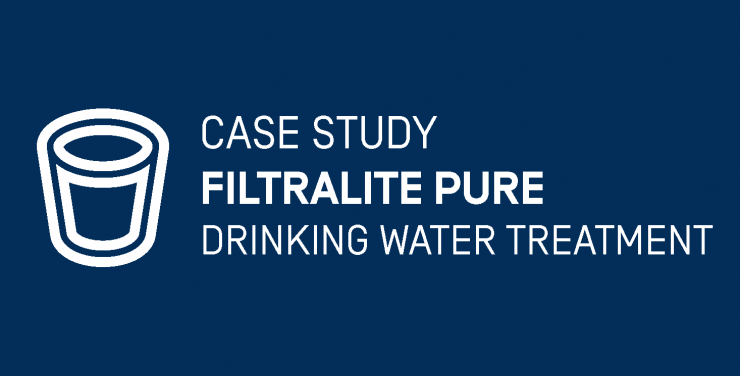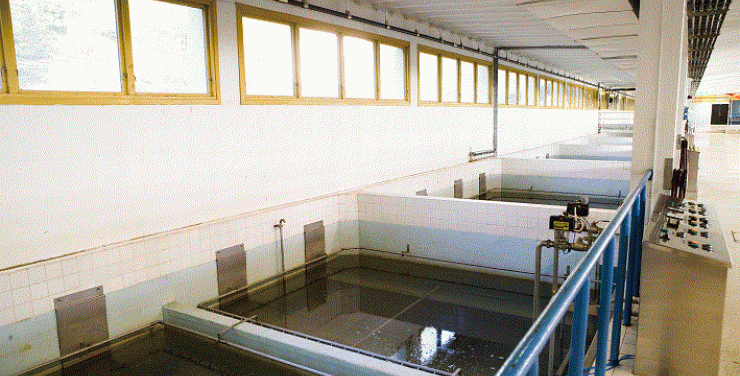Fredrikstad (NO) Drinking Water Treatment Plant
When renovating the filtration facilities at Fredrikstad drinking water treatment plant, the water utility was interested in testing alternative filter media and replaced the anthracite layer in one of the filters with Filtralite media for evaluation.
Thus, in March 2002, Filtralite media was installed on top of the existing sand in one out of 8 filters. This filter was run for nearly a year in parallel to the other filters.
New Filtralite® media in all filters
The experience from this period was so promising that Fredrikstad water utility decided to use the Filtralite media in all filters. The plant ran in full operation during the rehabilitation period, taking one filter at a time out of production while the other 7 were running.
The operation of removing old filter media, cleaning, repairs of the filter infrastructure and filling of new sand and Filtralite filter media took one week per filter. The filters now contain 0.6 m of sand with grain size 0.8-1.2 mm and 0.8 m of Filtralite MC 1.5-2.5 mm.
Filtralite outperformed traditional media
The operational data for the plant after the refurbishment of the filters show that the filters operate as expected both in respect of water quality and filter run times.
The drinking water treatment plant takes its raw water from the lake Isnesfjorden, which is connected to Norway’s largest river Glomma. The quality of the raw water varies through the year. The turbidity can be up to 10 NTU and the colour as high as 100 mg Pt/L in extreme periods.
The treatment process consists of coagulation, flocculation, sedimentation, filtration and disinfection. Aluminium sulphate is used as coagulant together with polymer. Caustic soda is used for pH-adjusting and sodium hypochlorite for disinfection. Typical turbidity into the dual media filters are 1,1 NTU, ;while turbidity on the outlet water is 0,06 NTU, with a normal filter velocity of 10 m/h.



